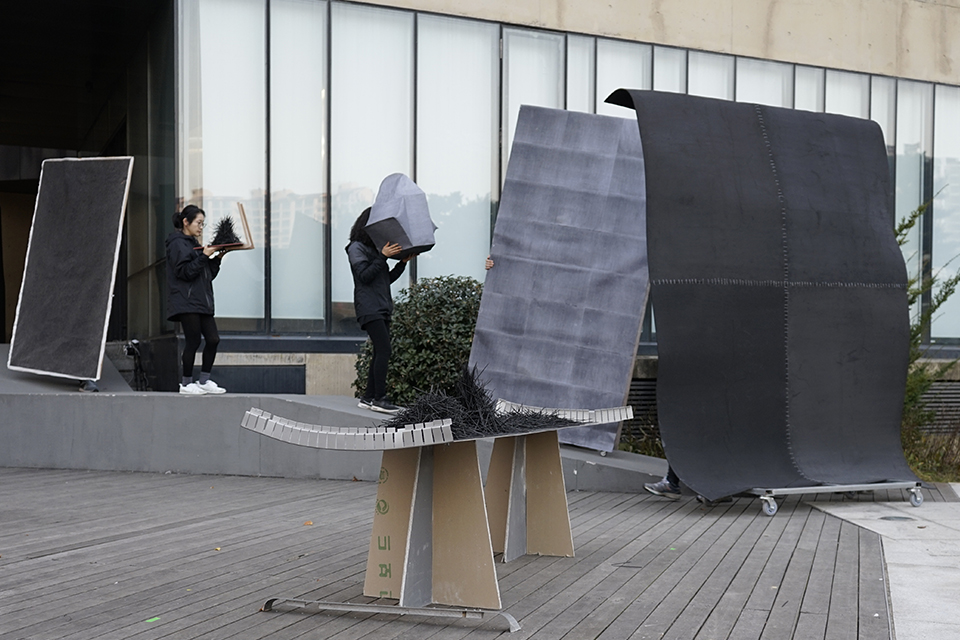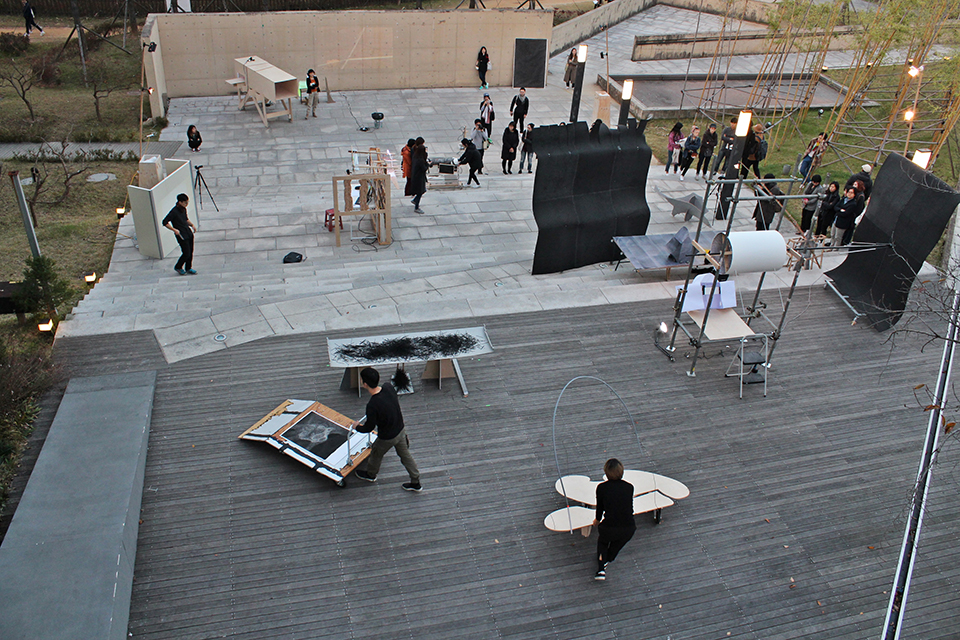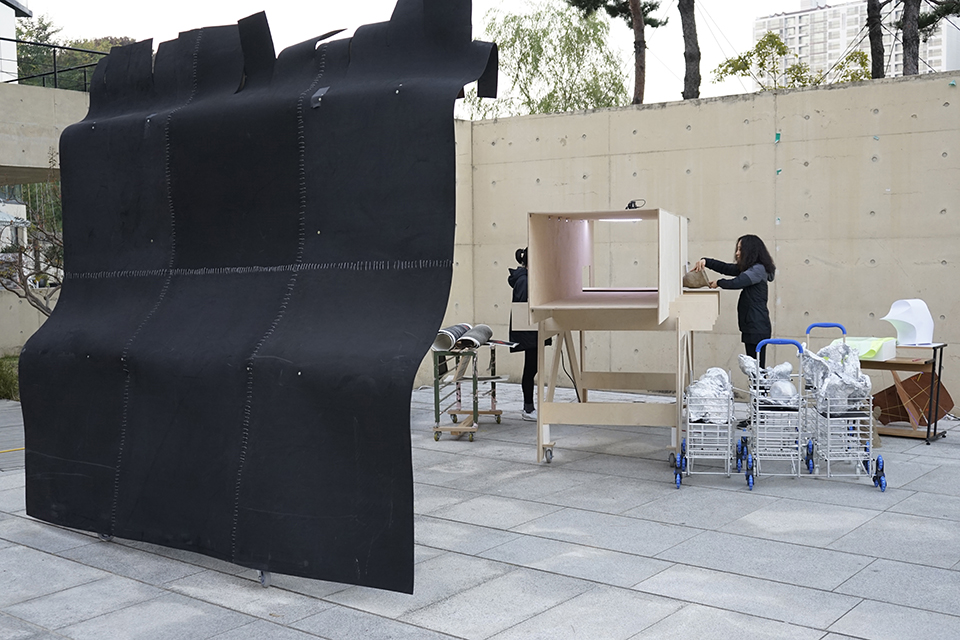Dawn Breaks 2016
-
 Dawn Breaks 2016Jewyo Rhii, Jihyun Jung 11th Gwangju Biennale commission
Dawn Breaks 2016Jewyo Rhii, Jihyun Jung 11th Gwangju Biennale commission -
 Dawn Breaks 2016Jewyo Rhii, Jihyun Jung 11th Gwangju Biennale commission
Dawn Breaks 2016Jewyo Rhii, Jihyun Jung 11th Gwangju Biennale commission -
 Dawn Breaks 2016Jewyo Rhii, Jihyun Jung 11th Gwangju Biennale commission
Dawn Breaks 2016Jewyo Rhii, Jihyun Jung 11th Gwangju Biennale commission -
 Dawn Breaks 2016Jewyo Rhii, Jihyun Jung 11th Gwangju Biennale commission
Dawn Breaks 2016Jewyo Rhii, Jihyun Jung 11th Gwangju Biennale commission -
 Dawn Breaks 2016Jewyo Rhii, Jihyun Jung 11th Gwangju Biennale commission
Dawn Breaks 2016Jewyo Rhii, Jihyun Jung 11th Gwangju Biennale commission -
 Dawn Breaks 2016Jewyo Rhii, Jihyun Jung 11th Gwangju Biennale commission
Dawn Breaks 2016Jewyo Rhii, Jihyun Jung 11th Gwangju Biennale commission -
 Dawn Breaks 2016Jewyo Rhii, Jihyun Jung 11th Gwangju Biennale commission
Dawn Breaks 2016Jewyo Rhii, Jihyun Jung 11th Gwangju Biennale commission -
 Dawn Breaks 2016Jewyo Rhii, Jihyun Jung 11th Gwangju Biennale commission
Dawn Breaks 2016Jewyo Rhii, Jihyun Jung 11th Gwangju Biennale commission -
 Dawn Breaks 2016Jewyo Rhii, Jihyun Jung 11th Gwangju Biennale commission
Dawn Breaks 2016Jewyo Rhii, Jihyun Jung 11th Gwangju Biennale commission -
 Dawn Breaks 2016Jewyo Rhii, Jihyun Jung 11th Gwangju Biennale commission
Dawn Breaks 2016Jewyo Rhii, Jihyun Jung 11th Gwangju Biennale commission
Dawn Breaks, a project by Jewyo Rhii (b. 1971, Seoul/New York) with Jihyun Jung (b. 1986, Seoul), consists of multiple installations as well as parade performances, occupies both inside and outside spaces around the Gwangju Biennale building. An inside is a place for various images and objects that form parade floats. Rhii’s devices Lecture Machine and Story Bus function as story producers when people hang images and other items onto them. Jung’s objects – including Night Walker, Fallen After Flight, Elephant and Show Case, Where Concrete Stones Count, and A Melody – carry narratives within their movements, through making sounds and blinking lights and through their composition. All are regularly paraded through the park behind the Biennale building and plaza, a gathering space for young and old alike every weekend.
Outside and behind the building Ball and Dance drops ping pong balls from the first floor down the cascading staircases and ramps. The balls bounce off of a giant table and jump down to the whole park, shifting the air and replacing the mundane silence with a moment of color and sound. The giant table becomes a performance stage at other times too, when Rhii and Jung’s floats go out for the parade.In her practice, Rhii creates conflicted works in moments of decision-making. She renders materials, from household items to industrial waste, into something considerably foreign through their shapes and placement, and forms structures that allow the audience to imagine and personalize the life of the work. Jung shares a similar sensibility with materials and brings out narratives often woven into the rawness and roughness of industrial materials that form a crucial part of our understanding of urban reality. To encounter and engage with Rhii and Jung’s work is to be simultaneously let in and pushed out of an intimate space that the artists have collaged together from their imaginary and lived experiences.


